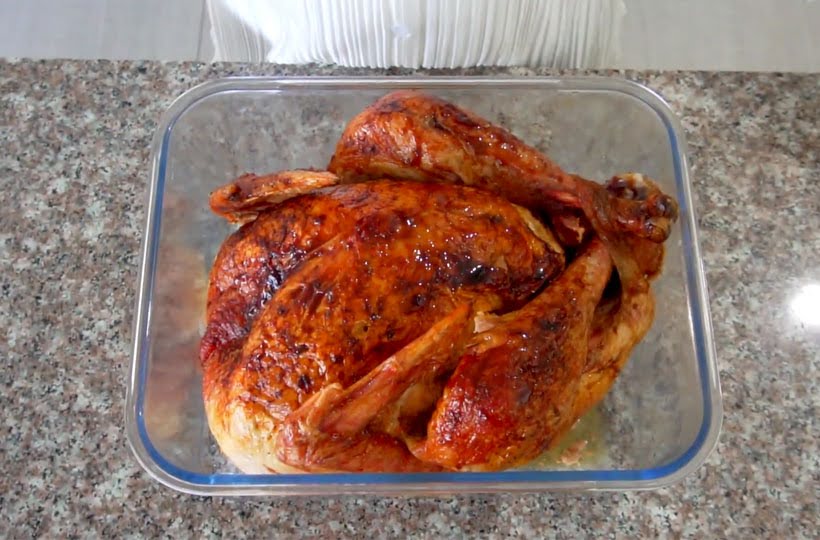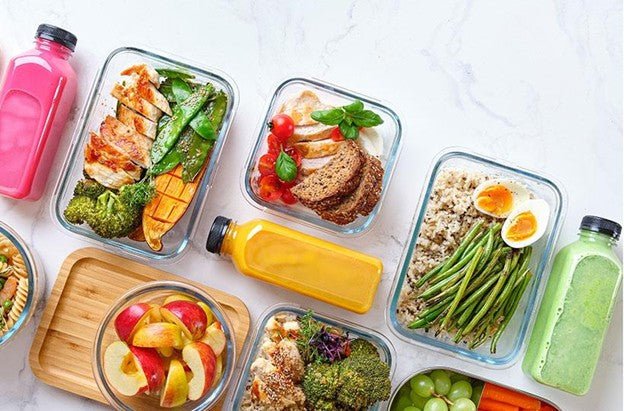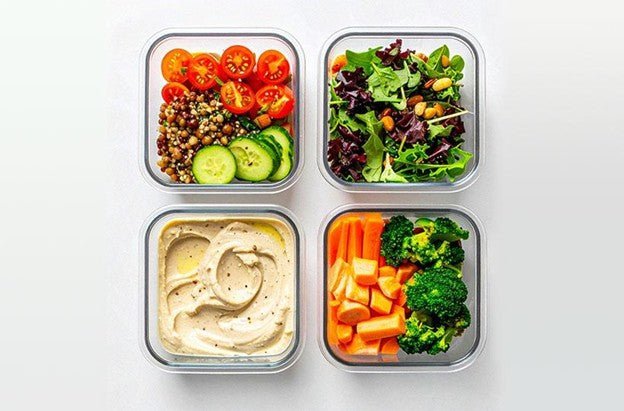What Is a Standard Loaf Pan?

When it comes to baking delightful loaves, understanding the standard loaf pan size is crucial. A standard loaf pan is a quintessential tool in the world of baking, designed for making and baking perfectly shaped bread and cakes. Typically rectangular with straight sides and a sturdy construction, these pans come in various sizes, but understanding the standard dimensions is vital for achieving consistent and delectable results.
Discover the dimensions that define the most common loaf pan size, ensuring your homemade bread turns out perfectly every time.
What is the Most Common Loaf Pan Size?
The most common loaf pan size, often referred to as the standard loaf pan, measures approximately 9 x 5 inches (23 x 13 cm). This size ensures even baking, optimal rising, and a well-balanced loaf shape. While variations exist, this dimension serves as a reliable foundation for many homemade bread recipes.
The measurements for a standard loaf pan are approximately 9 inches (23 cm) in length, 5 inches (13 cm) in width, and 3 inches (6.7 cm) in depth.

These dimensions provide a balanced and versatile size for a variety of bread and cake recipes, ensuring consistent results in terms of rise, texture, and appearance. Keep in mind that variations in loaf pan sizes exist, and selecting the right dimensions for your specific recipe is essential for achieving optimal results.
What Are Loaf Pans Made Of?
Loaf pans come in various materials, each influencing the baking process. Here's a breakdown of common materials used in loaf pans:
-
Metal: Traditional metal loaf pans, often made from aluminum or steel, are durable and conduct heat efficiently. They provide even browning and are available in non-stick variants for easy release.
-
Non-Stick Coatings: Many modern loaf pans feature a non-stick coating, often made from materials like PTFE or ceramic. This coating facilitates easy removal of baked goods and simplifies the cleaning process.
-
Glass: Glass loaf pans offer even heat distribution and provide a clear view of the baking process. They are resistant to rust but may require adjustments in baking time and temperature.
-
Silicone: Silicone loaf pans are flexible, allowing for easy release of baked goods. They are non-stick, lightweight, and resistant to odors. However, they may require additional support, such as a baking sheet, for stability.
-
Cast Iron: Known for excellent heat retention, cast iron loaf pans require seasoning but provide a unique and flavorful crust. They are suitable for slow, even baking.
- Ceramic: Ceramic loaf pans distribute heat evenly and retain it well. They often have an attractive, decorative exterior, making them suitable for oven-to-table serving.
Use the Right Size for Best Results
Optimal baking results start with choosing the right loaf pan size. Whether using the standard 9 x 5 inches or following a recipe's specific size, the dimensions of your loaf pan directly impact the rise, texture, and presentation of your baked goods. Precision in selecting the right size enhances even baking and promotes proper rising.
Concluding the Whole Idea of Loaf Pan Sizes
In the delightful journey of baking, understanding the nuances of loaf pan sizes is key to success. The standard 9 x 5 inch loaf pan is a reliable choice for many recipes. Choosing the right dimensions for your loaf pan influences the rise, texture, and overall presentation of your baked creations.
Whether opting for metal, non-stick coatings, or the rustic charm of cast iron, the right loaf pan elevates your baking from good to exceptional. Precision in size selection is the secret ingredient to unlocking the full potential of your recipes.
So, preheat that oven, gather your ingredients, and confidently select the ideal loaf pan size for your next baking masterpiece. May your loaves rise perfectly, your cakes be moist, and your kitchen be filled with the delightful aroma of success.







Leave a comment